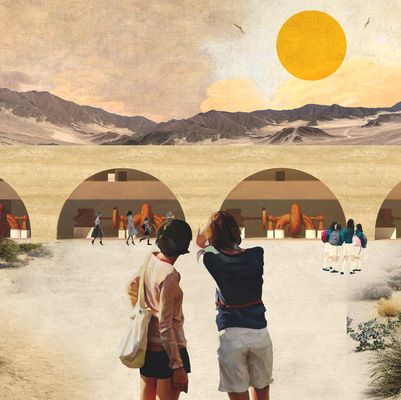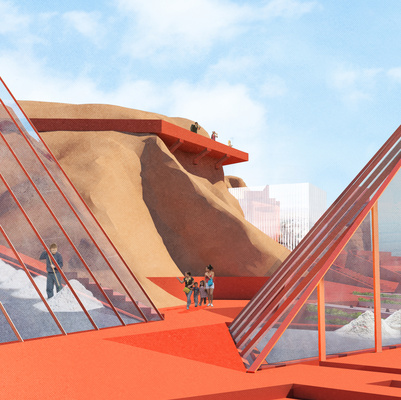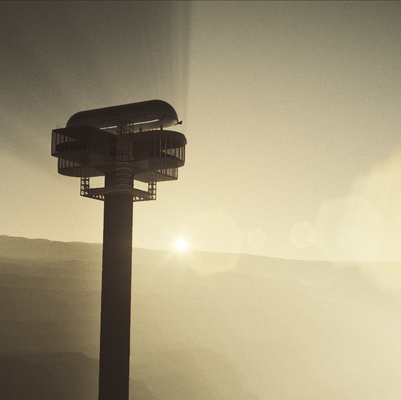Investigating Potentials of Architecture as a Protester
Antofagasta, a large industrial city in Northern Chile, has gained its wealth by sacrificing the citizens’ health. This project considers architecture as a protester, amplifying a local movement called “This Dust Kills You”, which advocates for the industry to take action and move the harbour out of the city. The project looks into architecture having an active role as a platform for the citizens to be informed and to speak for the right to live in a healthy environment.
Thesis Program
The high cancer rates of Antofagasta have been linked to pollution coming from the Port located downtown in the city. From here mining goods are exported to the rest of the world and no consumer goods are coming in at all. The port lies as an isolated island separated from the rest of the city.
A scientific report has been made by a local researcher who tested the levels of different heavy metals and related it to the proximity to the Port.
Some of the discoveries and recommendations were that the dust likely has the highest levels of arsenic, copper, and zink in the dust in the world and recommended an on-site facility that can monitor the levels even further.
In order to guide the process a set of strategies was formed. The first being "Making the Invisible Visible", which is a response to the problem not being visible enough and needs to be highlighted in order to show what is currently happening with the pollution.
The second one is to "Promote health and well-being", which relates to the design of the spaces for monitoring health, incorporating a demand for a healthier lifestyle, and the last is to "Give a Voice Through Architecture", to give spaces that amplify the people's voice and make their protest stronger and hopefully louder.
The spaces such as classrooms are there to teach specifically school children about pollution, health and their rights as citizens and why they should participate in the community. A cafeteria is placed in the structure as well to give people the option of healthier food choices, which is lacking in the city and a workshop space can help citizens create banners and art pieces.

To disrupt and make change
During a protest, the auditorium turns itself inside out and becomes a stage for the city, from where the organizers can gather people and spread their message. A background for banners and speakers, to make noise when needed and to disrupt the regular day for the benefit of the cause.
When a protest day finishes, it does not mean the protest is over, but instead the fight is about creating awareness and preparing for the next day of fighting. It is also about doing a protest in a civilized manner. To not wreak complete havoc in a city and destroy other buildings, but instead have a place that you completely take responsibility for and can use as they wish.
The balance is key. To make noise and disruption, but with respect for one another.

Scaffolding as a medium for change
The structure is a standard 180 x 240 cm system of aluminium tubes.
The connection is a rosette and the foundation is a concrete slab to level out the surface, with the footings of the structure standing on top, leaving no trace of the building once it would be demolished. In the case of an earthquake, the structure has an abundance of elements, and if one fails, the others will take over the load.
Scaffolding is a structural element, but it also has a more meaningful presence in cities. It is this median between the private building and the public street, from where maintenance is taking place. It is a medium in itself, making it possible for the workers to move around and touch-up on what needs to be fixed. Just like the city needs to be fixed in Antofagasta.
Pavilion for Absorbing Air Pollution - Preliminary studies
In the winter of 2019, I spent one month in Antofagasta to research for the project and test a small pavilion that was trying to capture the pollution with salt crystals. Although the experiment was not completely successful, it opened up a discussion with the locals about their frustrations with the pollution and their health and created the groundwork for what would end up becoming Remedium. A space for the citizens to gather for a protest and be heard.








































